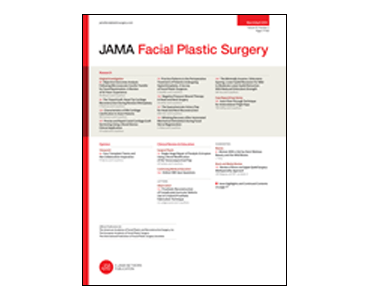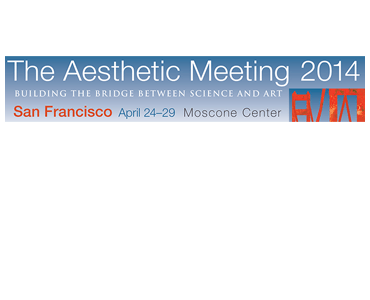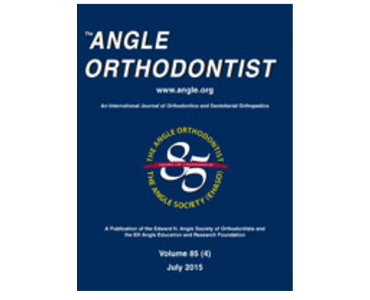Multi-View 3D Data Fusion for Visualization of the Inframammary Fold. LJ Zhao, GP Reece, MC Fingeret, F Merchant.
Date: October 2014. Source: 3D Body Scanning Conference 2014, Lugano, Switzerland. Abstract: Three-dimensional (3D) imaging is finding increasing use in plastic surgery, both for breast reconstruction after oncologic surgery and for cosmetic augmentation/reduction procedures. The upright view image is conventionally used for surgical planning and outcome assessment. However, the inframammary fold (IMF), a critical landmark…









